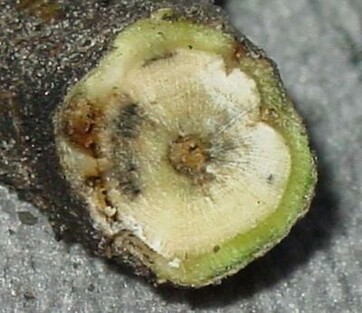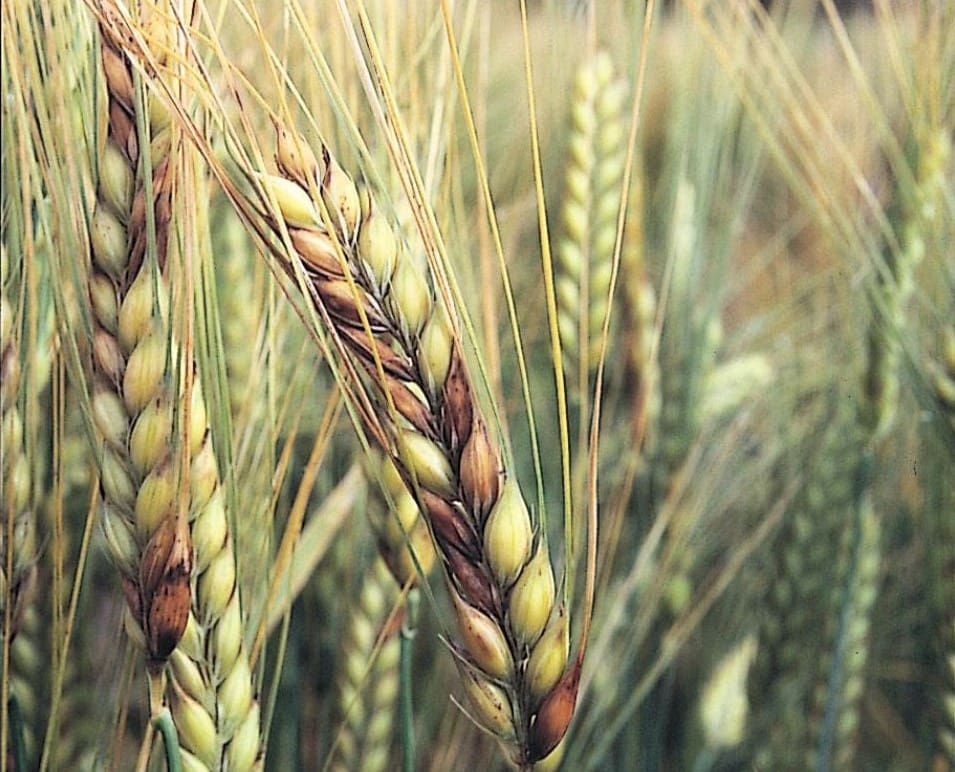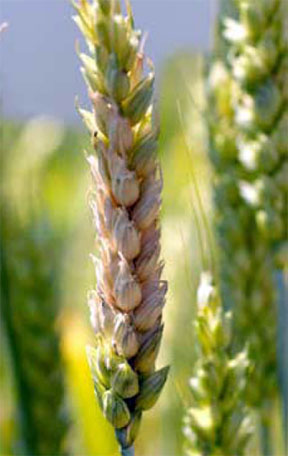The County of Vermilion River has the ideal climate to grow a variety of crops, including canola, barley, wheat, peas, corn, flax and additinal crops. Crops can be infected by diseases and insects that affect yields. The County of Vermilion River can provide advice to residents on identification and control methods and also enforce the Government of Alberta's Agricultural Pests Act and Regulation.
TYPES OF CROP PESTS:
Clubroot
Clubroot is a serious soil-borne disease that commonly occurs in canola fields. Clubroot can spread easily and cause serious yield losses to crops. The County of Vermilion River conducts annual clubroot inspections on canola fields to check for the presence of the disease.
If clubroot is found, producers will be contacted by the Agricultural Fieldman to create a clubroot management plan that focuses on the prevention of further spread and proper management of the disease which is outlined in The County's Management Plan Agreement.
For the latest update of clubroot in the County please the interactive County of Vermilion River Clubroot Map that includes positive and negative inspections from 2017 - 2024.
You can also view the following information:
CVR 2024 Clubroot Overview Map
2023 Clubroot Survey Results and Information Sheet
Clubroot Management techniques
- Reduce tillage in infected fields
- Practice proper crop rotations. The County of Vermilion recommends a 1 in 3 year rotation to reduce clubroot spore load in infected field
- Use appropriate clubroot-resistant canola varieties when growing canola
- Clean and sanitize equipment after each use
- Reduce soil movement from field to field as clubroot spores live in the soil and spread easily
In addition to the above, Canola Council of Canada has a complete list of full resources on preventing clubroot, What's New with clubroot and the Clubroot Disease Cycle.
Clubroot is widespread throughout Alberta. Please see the Alberta Clubroot Map to see the rates of clubroot positive fields across the province.
Blackleg

Blackleg is a disease of canola that can cause significant yeild loss in susceptible varietys. Blackleg is also know as stem canker and normally impacts plants later in the growing season.
Blackleg produces lesions that are dirty, white and normally dotted with small black spots and all parts of the plant. The best way to manage Blackleg is to use an intergrated approach:
- Scout for the disease
- Use proper crop rotations
- Use resistant varieties and rotate varities
- Use certified seed
- Control volenteer canola
Fusarium Head Blight
Fusarium head blight (FHB) is a fungal disease of cereal crops that affects kernel development. FHB has a wide host range that includes all small grain cereal crops (wheat, barley, oat, rye, triticale), corn and many wild and tame grass species. The most common cause of FHB is the fungus Fusarium graminearum.
Fusarium graminearum is no longer considered a pest under the Agricultural Pests Act and Regulation and the County encourages producers in the region to be aware of the disease and take necessary measures to prevent the establishment of Fusarium graminearum within the municipality.




